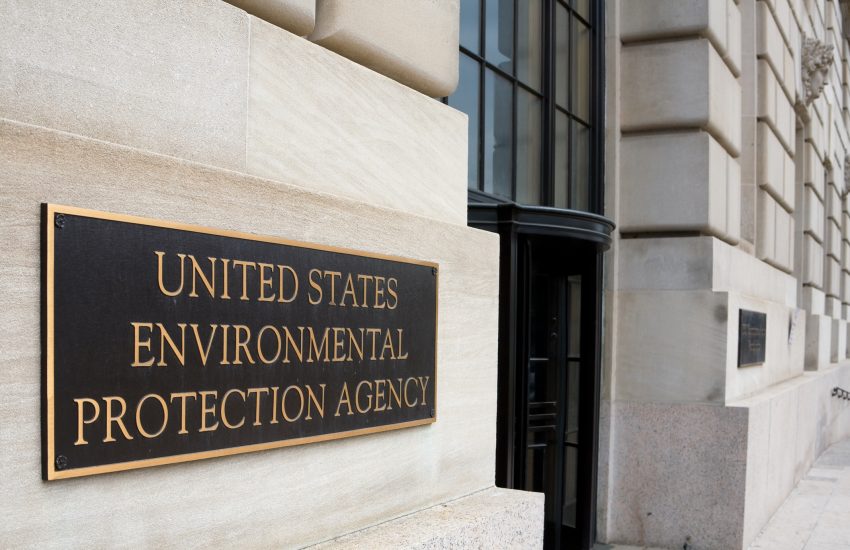The U.S. Supreme Court on Tuesday, in San Francisco v. EPA, held in a 5-4 decision that the EPA cannot enforce requirements in wastewater permits that “do not spell out what a permittee must do or refrain from doing.”
San Francisco’s Oceanside plant, which has a combined sewage treatment plant and stormwater control system, discharges treated sewage and stormwater into the Pacific Ocean through eight pipes. Because one of the pipes discharges into federal waters, this facility is required to obtain a National Pollution …
Continue Reading









